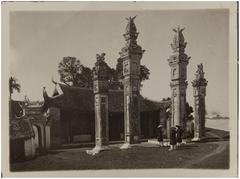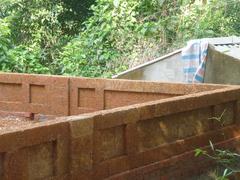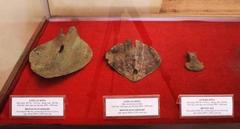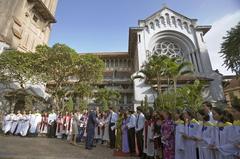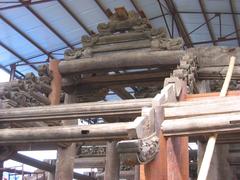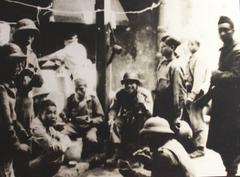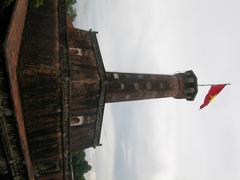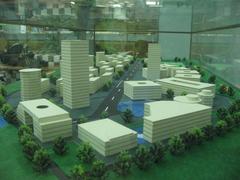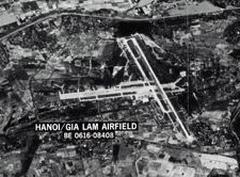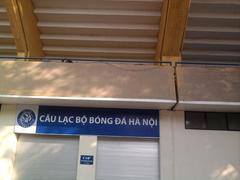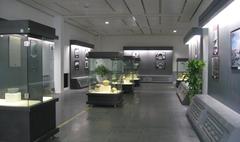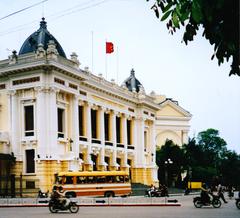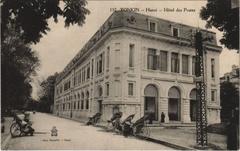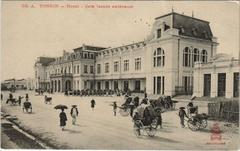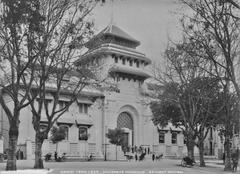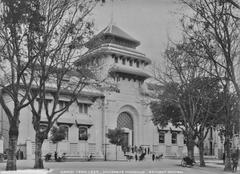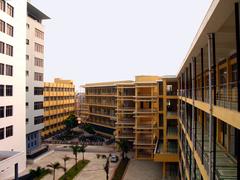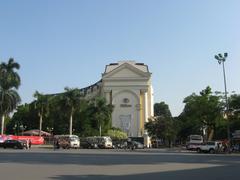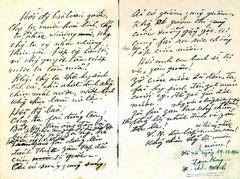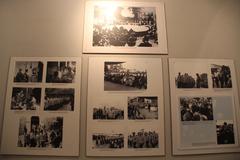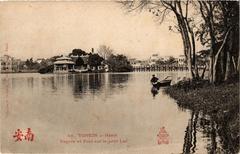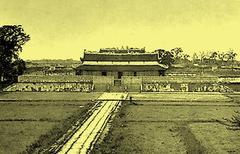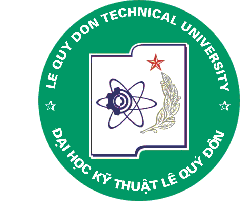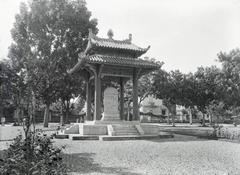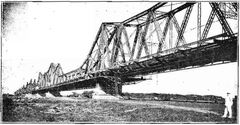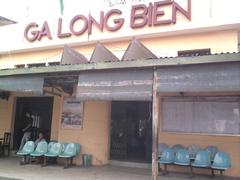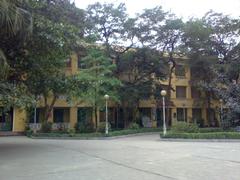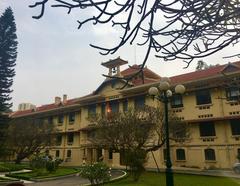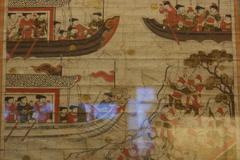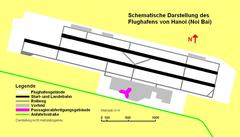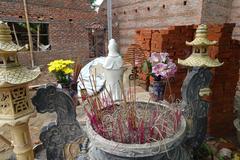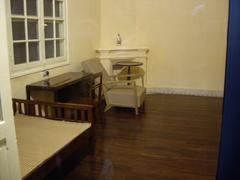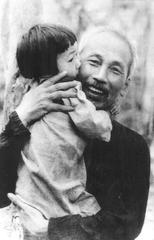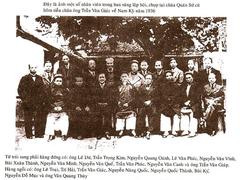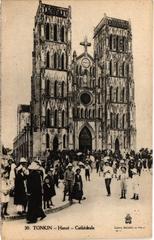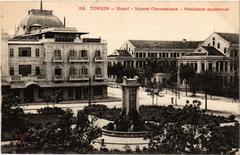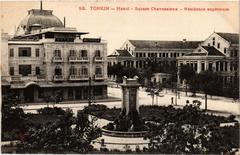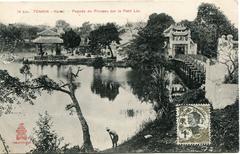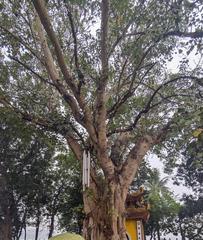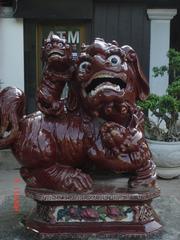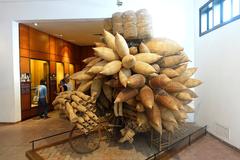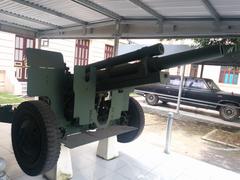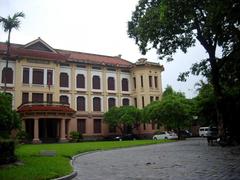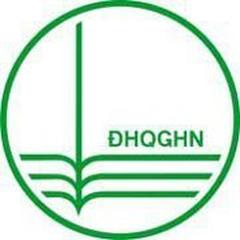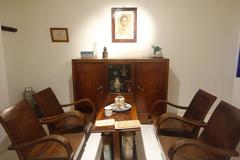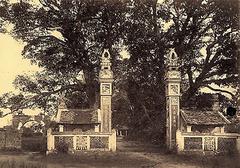108 Military Central Hospital Visiting Hours, Tickets, and Hanoi Historical Sites Guide
Date: 14/06/2025
Introduction
Located in the heart of Hanoi, 108 Military Central Hospital (Bệnh viện Trung ương Quân đội 108) is one of Vietnam’s most prestigious medical institutions and a key landmark in the nation’s history. Established during the French colonial period in 1894 and evolving through the First Indochina War, the Vietnam War, and into the dynamic present, the hospital exemplifies Vietnam’s resilience and modernization in healthcare. As a leading healthcare provider for both military personnel and civilians, it also stands as a living monument to the country’s journey through conflict and progress.
This comprehensive guide equips visitors and patients with essential information about the hospital’s visiting hours, ticketing policies, cultural etiquette, travel tips, and nearby attractions. Whether you are seeking medical care, visiting a patient, or exploring Hanoi’s historical sites, understanding the hospital’s heritage and operational protocols will ensure a respectful and enriching experience (Wikipedia; VietnamPlus; VietnamNet).
Table of Contents
- Historical Overview
- Architectural and Institutional Evolution
- Role in National and International Events
- National and Military Significance
- Medical Innovation and Community Outreach
- Visitor Information
- Frequently Asked Questions (FAQ)
- Additional Resources and Links
- Conclusion
Historical Overview
Origins and Colonial Foundations
The hospital’s roots date back to 1894 with the establishment of Lanessan Hospital, designed in French colonial architectural style and serving as a teaching hospital for the Indochina Medical College (now Hanoi Medical University). This foundation reflected the era’s commitment to modern medicine and urban planning (DBpedia; Wikipedia).
Wartime Transformation
During the First Indochina War, the Viet Minh established Thuy Khau Hospital in 1950, later renamed Yen Trach Central Hospital and then “The 8 Sub-Hospital.” This marked a critical period in providing wartime medical care to Vietnamese forces (Wikipedia; Wikiwand).
Post-Colonial Reorganization and Modernization
After the French withdrawal in 1954, the hospital moved into the former Lanessan Hospital site and was officially renamed The 108 Military Hospital in 1956, then The 108 Military Medical Institute in 1960. In 1995, it became the 108 Military Central Hospital, directly under the Ministry of National Defence, and has since evolved into a top-tier national referral hospital (Wikipedia).
Architectural and Institutional Evolution
The hospital complex features a blend of preserved French colonial buildings and state-of-the-art medical facilities. It is internationally recognized for pioneering complex surgeries, including bowel and double forearm transplants, and minimally invasive and robotic procedures (VietnamPlus).
Role in National and International Events
108 Military Central Hospital has played a central role in national healthcare responses, serving senior government officials and military personnel, and responding to public health crises such as the COVID-19 pandemic. In July 2024, it was the site of the passing of Nguyễn Phú Trọng, General Secretary of the Communist Party of Vietnam (Wikipedia).
National and Military Significance
Role in National Healthcare
The Vietnamese government prioritizes 108 Military Central Hospital within its healthcare reform initiatives, aiming to meet international standards by 2050 (VietnamNet). The hospital serves both military and civilian populations, fostering collaboration and trust.
Center for Medical Innovation
Known for cutting-edge surgeries, 108 Military Central Hospital is a leader in medical technology, biotechnology, pharmacology, and biomedical electronics. It also houses advanced research and education programs (QDND).
Humanitarian and Community Outreach
The hospital regularly organizes free health check-ups and distributes medicines to policy beneficiaries, especially during national holidays like Wounded and Fallen Soldiers’ Day. It actively supports community health and national solidarity (QDND).
Visitor Information
Location and Accessibility
- Address: 1 Trần Hưng Đạo Street, Hai Bà Trưng District, Hanoi, Vietnam
- Nearby Landmarks: Near the Red River, Hanoi Old Quarter, and major city attractions.
- Transport: Easily accessible by taxi, ride-hailing apps (Grab, Be), city buses, or on foot from nearby hotels.
Visiting Hours
- General Visiting Hours: 8:00 AM to 11:00 AM and 2:00 PM to 5:00 PM daily (may vary by ward; confirm with staff).
- Special Events/Monument Area: Monument and memorial zones generally open 8:00 AM to 5:00 PM; restrictions may apply in certain areas.
Admission and Tickets
- No tickets are required for hospital visits.
- Visitors must register at the entrance and present a valid photo ID (e.g., passport).
- Security checks are standard due to military affiliation.
Facilities for Visitors
- Waiting areas, cafeterias, and basic amenities are available.
- Language assistance may be provided; inquire in advance for support.
Travel Tips
- Carry ID and any necessary medical documents.
- Parking is limited; prioritize public transport or taxis.
- The hospital is wheelchair accessible; inform staff ahead for special needs.
Nearby Attractions
- Hanoi Old Quarter: Vibrant markets, historic streets, and traditional food.
- Hoan Kiem Lake: Iconic urban lake with temples and walking paths.
- Temple of Literature: Vietnam’s first university.
- Vietnam Museum of Ethnology: Showcasing cultural diversity.
Cultural Etiquette and Respectful Conduct
Dress Code
- Wear modest, respectful clothing; avoid shorts, sleeveless tops, or revealing attire.
- Cover shoulders, chest, and knees. Subdued colors are preferred.
Behavior
- Address staff with titles (e.g., “Bác sĩ” for Doctor).
- Maintain a calm tone, avoid loud voices and aggressive gestures.
- Greet the eldest family members first and keep conversations brief and quiet.
- Avoid sensitive topics such as politics or war.
Body Language
- Use both hands when giving documents or gifts.
- Avoid crossing arms or large gestures.
- Public displays of affection are discouraged.
Hygiene and Safety Protocols
- Use hand sanitizer stations at ward entrances.
- Bringing outside food or drinks is discouraged.
- Face masks are mandatory indoors.
- Notify staff if feeling unwell.
Gift Giving and Offerings
- Suitable gifts: fresh fruit, flowers (avoid lilies, chrysanthemums), or snack baskets.
- Present gifts with both hands and a slight bow.
- Respect refusals of gifts.
Photography and Privacy
- Photography inside patient wards or clinical areas is strictly prohibited.
- Ask permission before taking photos in public or monument areas.
- Never photograph patients, staff, or procedures without explicit consent.
Navigating the Hospital
- Signage is primarily in Vietnamese; some English is available.
- Use translation apps or bring a Vietnamese-speaking companion.
- Information desks and uniformed staff can assist with directions.
Emergency Situations and Assistance
- For emergencies, go to the “Khoa Cấp cứu” (Emergency Department).
- Information desks and the hospital hotline are available for non-urgent help.
- Foreign visitors must pay for treatment; travel insurance is recommended.
Frequently Asked Questions (FAQ)
Q: What are the exact visiting hours at 108 Military Central Hospital?
A: Generally 8:00 AM–11:00 AM and 2:00 PM–5:00 PM, but check with the relevant ward in advance.
Q: Do I need a ticket to enter?
A: No tickets are required; registration and ID presentation are mandatory at the entrance.
Q: Can I bring children to visit patients?
A: Children under 12 may be restricted in some wards; check with staff.
Q: Is photography allowed inside?
A: Only in designated public areas with permission; never in patient areas.
Q: Are guided tours available?
A: Public tours are not offered, but special guided visits may be arranged during commemorative events or by official request.
Additional Resources and Links
- 108 Military Central Hospital Official Website
- Wikipedia: Central Military Hospital 108
- VietnamPlus: Hospital 70th Anniversary
- VietnamNet: Hospital Reforms
- QDND: Health Check-Ups for Hanoians
- YESD: Hospitals in Hanoi
Conclusion
108 Military Central Hospital represents the intersection of Vietnam’s medical excellence, historical depth, and cultural heritage. As a Special Class hospital, it stands as a testament to national resilience, community service, and continuous innovation in healthcare. Whether you are visiting for medical reasons, historical interest, or as part of a broader exploration of Hanoi, respecting hospital protocols and local etiquette will ensure a meaningful experience. Take time to explore nearby historical sites to fully appreciate the cultural richness of Hanoi.
For up-to-date information and travel tips, consult the hospital’s official platforms and follow related updates on trusted healthcare and tourism apps.
For more detailed visitor information and insights on Hanoi’s cultural landmarks, subscribe to our newsletter and follow us on social media.
Sources
- Wikipedia: Central Military Hospital 108
- VietnamPlus: 108 Military Central Hospital Marks 70th Anniversary
- VietnamNet: Prioritizing Public Health—Six Leading Hospitals to Receive Upgrades
- QDND: Central Military Hospital 108 Provides Health Check-Ups for Hanoians
- benhvien108.vn: Visiting 108 Military Central Hospital Monument in Hanoi
- YESD: Hospitals in Hanoi


